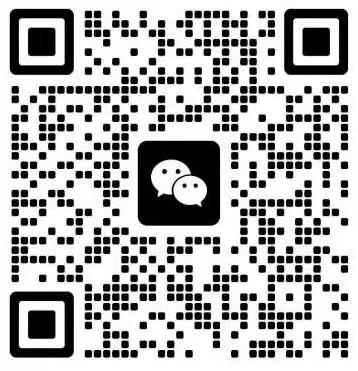母乳哺育,爸爸的支持很重要!
以下是澳大利亚的专业人员做的家庭支持对于哺乳影响的研究(原文)—— Education and Support for Fathers Improves Breastfeeding Rates A Randomized Controlled Trial Bruce Maycock, PhD Colin W. Binns, MBBS, PhD Satvinder Dhaliwal, PhD Jenny Tohotoa, MPH, PhD Yvonne Hauck, PhD Sharyn Burns, PhD Peter Howat, PhD Background:Studies have identified numerous factors affecting breastfeeding initiation and duration, including maternal education, mode of delivery, birth weight, socioeconomic status, and support of the infant’s father. Objective: The objective was to investigate the effects of an antenatal education session and postnatal support targeted to fathers. Methods: The Fathers Infant Feeding Initiative (FIFI Study) is a randomized controlled trial to increase the initiation and duration of breastfeeding that was conducted in 8 public maternity hospitals in Perth, Western Australia. A total of 699 couples were randomized within hospitals to either intervention or control groups. The intervention consisted of a 2-hour antenatal education session and postnatal support provided to fathers. Results:The any breastfeeding rate for the intervention group was significantly greater at 6 weeks: 81.6% in the intervention group compared to 75.2% in the control group, odds ratio 1.46 (95% CI, 1.01-2.13). After adjustment for age and hospital, the odds ratio for any breastfeeding in the intervention group was 1.58 (1.06-2.35) and for socioeconomic status (SES), 1.56 (1.06-2.30). The infants of older fathers were more likely to be breastfed at 6 weeks compared to infants of younger fathers (P < .01), and infants of fathers with high SES more likely than infants of fathers with low SES (P = .013). Conclusion: Even a small increase in breastfeeding rates brings public health benefits. In this study, a minimal intervention was found to significantly increase any breastfeeding at 6 weeks: 81.6% in the intervention group compared to 75.2% in the control group. J Hum Lact, November 2013; vol. 29, 4: pp. 484-490., first published on April 19, 2013 笔者简单译文如下,若有翻译错误或表达欠妥欢迎指出,非常感谢! 1、爸爸可以在妈妈准备喂奶前,可以帮助宝宝来换尿片或者安抚宝宝,让宝宝可以在更舒服的情况下,愉快的吃奶。 2、宝宝吃奶的时候,给予协助,像垫个靠枕,给杯水给妈妈喝,或者陪妈妈聊聊天。能让妈妈更放松同时,感受到自己得到来自家人的的支持与关爱。 3、喂奶后,让妈妈休息或做点她自己想做的事情。爸爸或其他家人来帮宝宝拍嗝,安抚宝宝,帮助宝宝入睡以后,同妈妈一起再次重温两人世界的感觉。 4、爸爸可以做很多让妈妈感受到被支持和被理解的事情。让家里因为多了一个成员,而显得更温馨,家人间更亲密。 5、爸爸虽然难以产生乳汁,但依然可提供自己的乳房给孩子带来“人肉安抚奶嘴式的安抚”,见下图~ 6、爸爸也是孩子的力量型玩伴,发挥你的好玩天性和孩子一起快乐玩耍吧~



